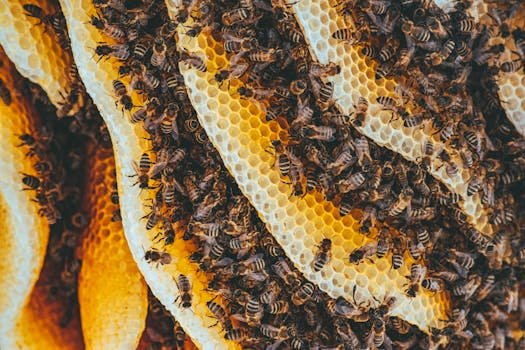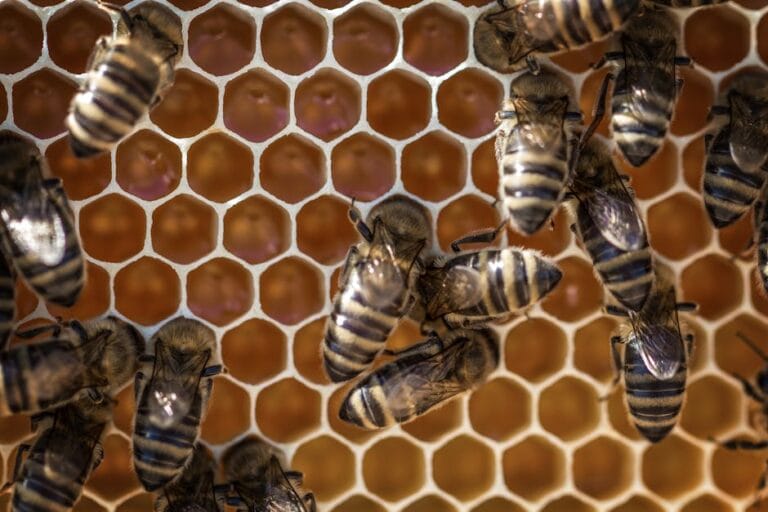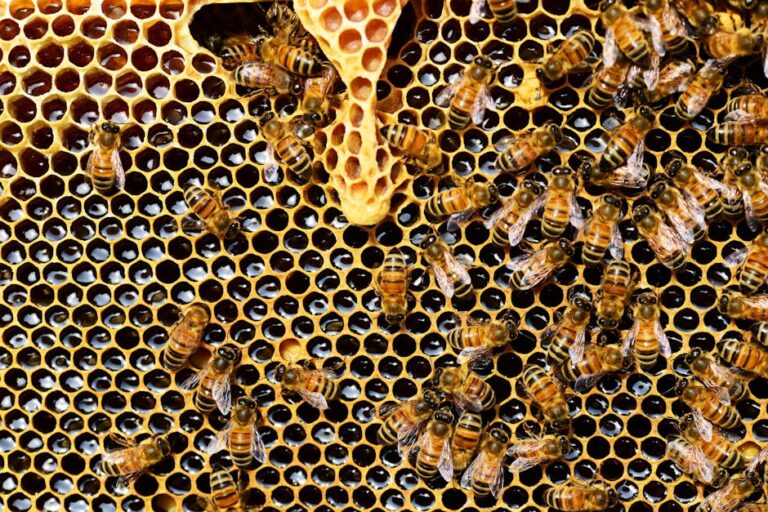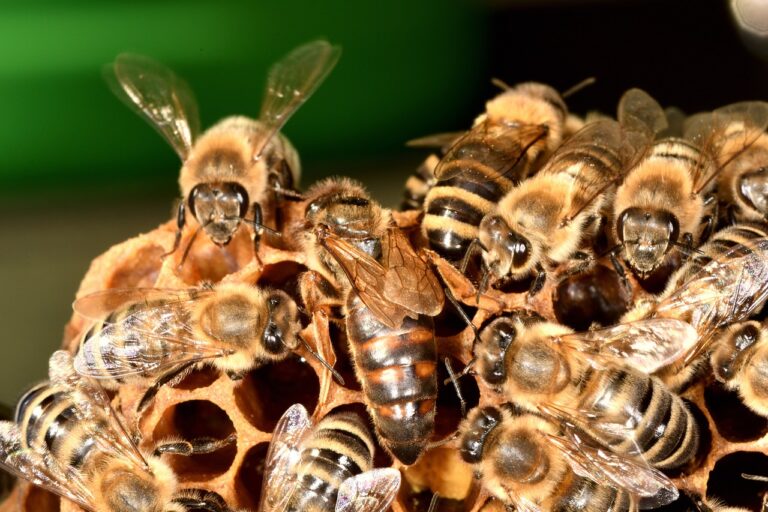Why do bees tend to build nests vertically in cooler environments
Vertical Nest Building for Warmth Bees tend to build vertical nests in cooler environments primarily because the vertical arrangement within tall tree cavities allows them to conserve and regulate heat more effectively, which is crucial for survival in cold climates. In summary: Bees build vertically in cooler climates because it enables better heat conservation, efficient […]
Why do bees tend to build nests vertically in cooler environments Read More »






